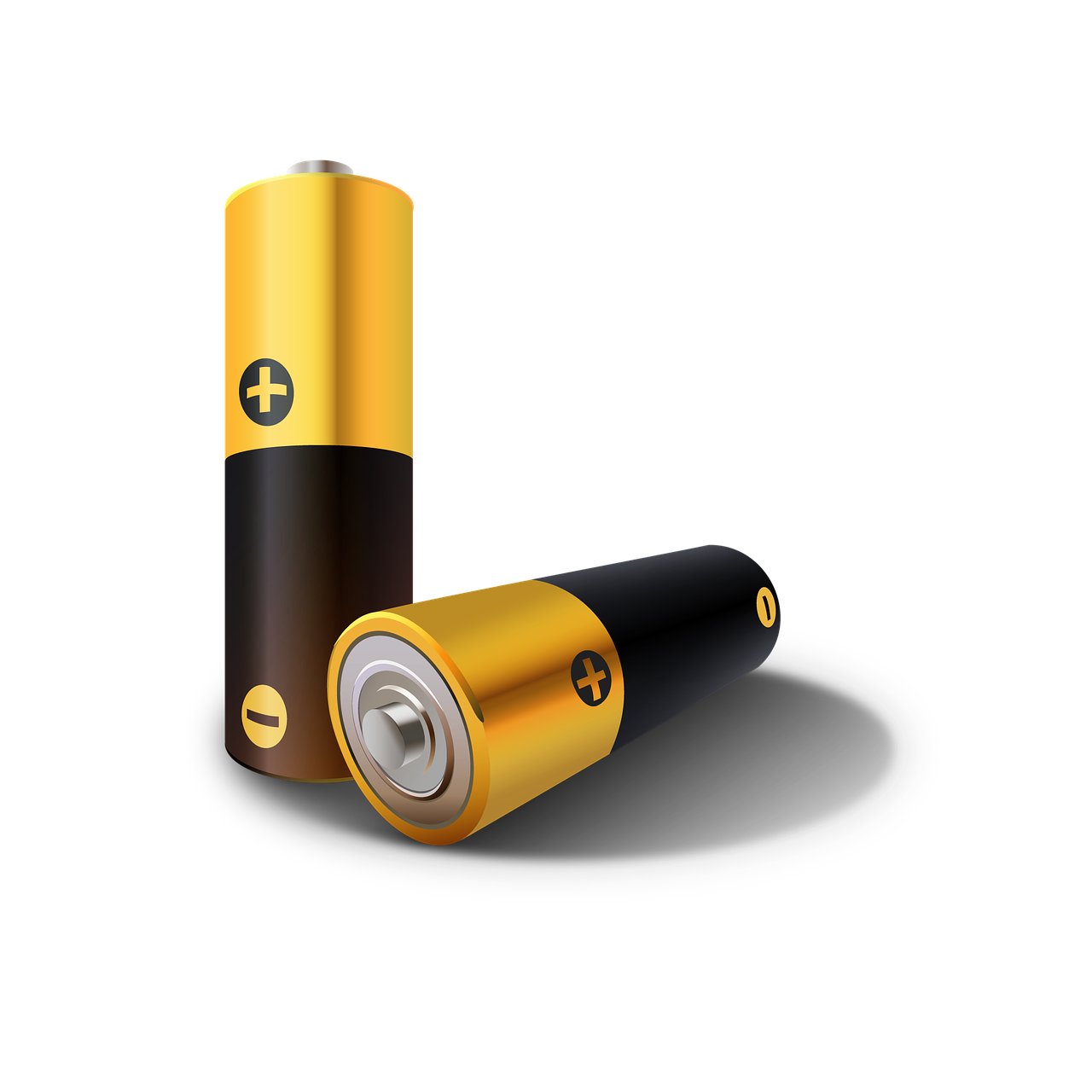
If you want to know quickly whether a battery is full or empty, there is a trick for that. You will know that within 3 seconds, very handy if you have a drawer full of batteries and you need a battery quickly.
I used to have quite a lot of devices that needed a battery, but fortunately that has become much less. Now and then at my house, batteries still have to be used in the controller(s) of the Wii game console, and sporadically in the electric fly swatter, bicycle headlight, remote control or scale. I keep most batteries in a drawer and try to keep them in the packaging as much as possible, but that doesn’t always work out. In addition, some housemates sometimes also put the empty batteries in that drawer, and then you cannot see from the outside whether they are full or empty. But there is a clever trick to find out which batteries are completely full or empty, as I discovered here on this page of wiki.how. This is a useful test if your batteries are all mixed up and you can’t tell which ones are completely full or empty.
Types of batteries
There are several types of batteries and you can test them all to see if they are charged or not. For example, if you have an alkaline battery, drop it on a hard surface to see if it bounces or not. If it bounces, it is (almost) empty. If you want to know exactly how much voltage the battery has left, use a multimeter, voltmeter or battery tester to get an exact charge value. You can also use a multimeter or voltmeter to test your car battery. You can also test your cell phone battery by using an app to run a diagnostic scan. You can read that article soon on pcactive.nl
Drop test with alkaline battery
We now show you how to find out whether an alkaline battery is full or empty. As alkaline batteries decay, zinc oxide builds up inside, making the battery more resilient. A simple drop test helps distinguish new batteries from old ones. For AA, AAA, C, and D batteries, hold the battery vertically with the flat end (the negative terminal) down; hold a 9 Volt battery so that both nodes are pointing up and the flat end is pointing down. Choose a hard, flat surface, where a wooden base is not the best choice for this test: wood absorbs more energy and items don’t bounce as well. So choose a flat stone surface such as a countertop as a surface. Hold the battery about 6 cm. above the surface and release.
See what the battery does when it hits the ground. An older battery bounces several times before falling over. Just keep in mind that if the battery bounces, it doesn’t mean it’s dead. It just means it’s older and starting to lose its charge. A new battery will fall down without bouncing. It can roll on its side, but will not bounce back.
You can also test the battery by dropping it from 1 centimeter. If it stays put, it is not empty yet because a full battery has a stable center of gravity. If the battery falls over, the battery is (practically) empty, or the battery is discharged or has a very low charge.
Another trick
If you don’t know exactly how often or how high a battery should bounce to see if it’s empty, we have another tip. First grab a battery that you know is dead. Using a dead battery can give you a better frame of reference for the battery you are testing. Then take a battery that doesn’t work when you put it in a device. Then drop the two batteries side by side and compare the bounce. The dead battery will bounce high, how high will the other battery bounce?
